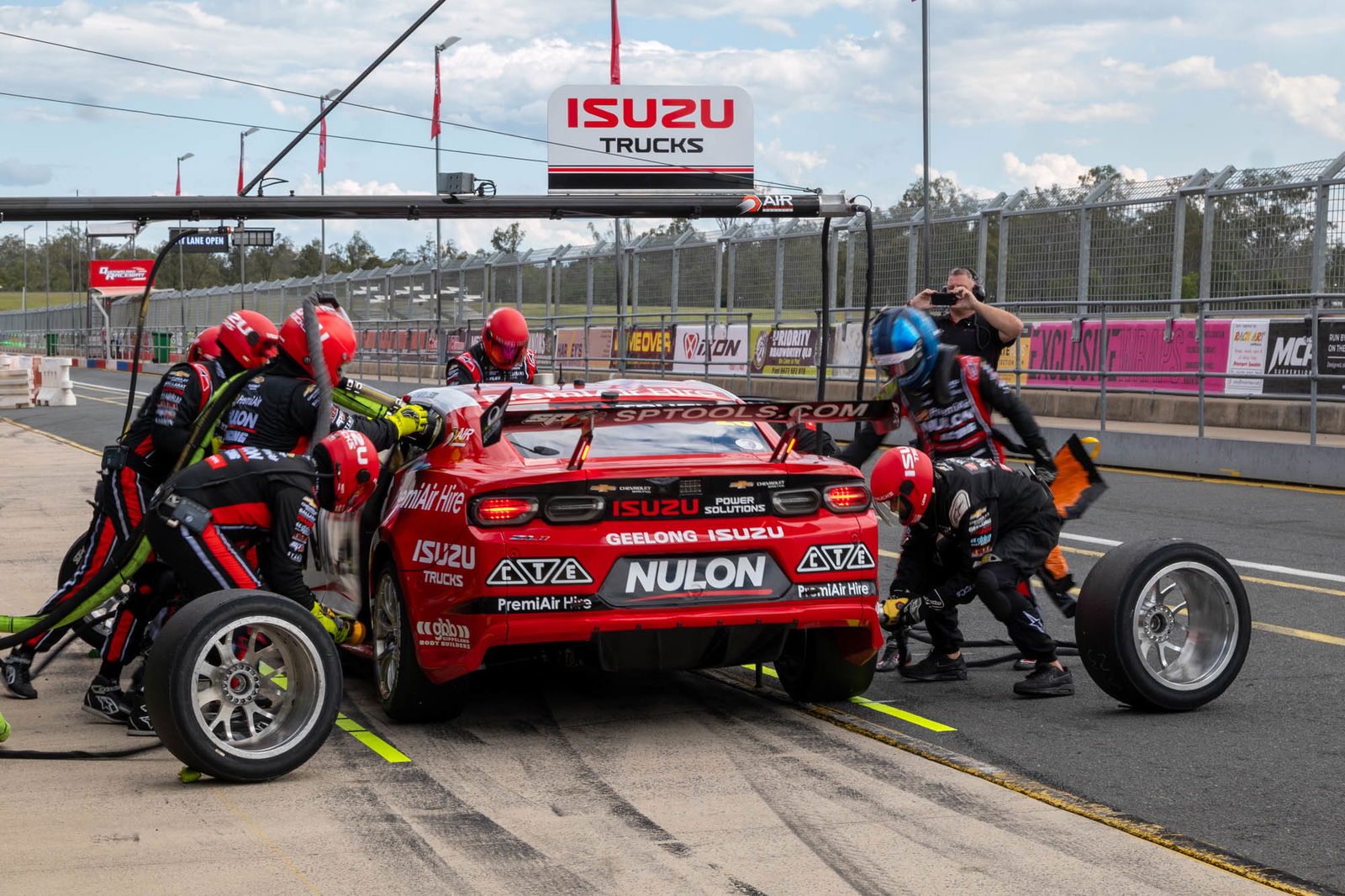

Speedcafe outlines five burning Bathurst questions as the Supercars circus descends on Mount Panorama ahead of opening practice on Thursday.
How will the Full Course Yellow impact the race?
The Full Course Yellow rules introduced by Supercars at the start of 2024 had a huge impact on the Sandown 500, triggering two key changes to the procedure for Bathurst.
Incidents while drivers attempted to slow to the 80km/h FCY speed have resulted in that being upped to 120km/h, which Garth Tander has warned could also cause trouble.
Perhaps more importantly, there’s no longer a promise from Race Control that any FCY or Safety Car period will remain for two laps.
That means quick strategy decisions and pitlane double-stacking are back, potentially causing major headaches for teams – most notably Triple Eight – that have two front-running cars.
Look for Race Control to use the FCY option to clear debris from the circuit, while full Safety Car periods will be reserved for bigger issues, such as stranded cars.
Will there be parity between Ford and Chevrolet?

Although 2024 to date has proven a far more even contest between the Mustangs and Camaros than last year, the parity debate has still raged in the lead-up to Bathurst.
Following off-season wind tunnel testing to solve aerodynamic parity, recent AVL dyno testing of engines in the United States is expected to result in pre-Bathurst changes.
The AVL testing is understood to have shown that the Ford had more top-end power than its rival, but also a dip in its torque curve at around 5000rpm.
Supercars is yet to confirm any changes, but at the very least both engines will likely run revised engine mapping following further dyno testing in Australia and track running at Ipswich.
How it impacts the relative performance on track remains to be seen, although expect the balance to be far closer than it was at Bathurst 12 months ago.
Is reliability going to be a factor?

The reliability of the Ford engine is a major question mark following a series of crankshaft failures at the Sandown 500.
Engine supplier Motorsport Powertrains and Ford Performance subsequently kicked into action, engaging a global effort to source replacement cranks from the Blue Oval’s GT3 program.
The parties have committed to trying to get an engine with a GT3 crank for all 10 Mustangs in the race. The cranks are being sourced from the US and UK, hand-couriered to Australia via Japan.
Engines fitted with those cranks are unlikely to arrive until late in the week and spare engines have been rebuilt with higher mileage cranks that have undergone crack-testing.
The failures at Sandown are said to have occurred due to a combination of recent developments on the engine and quality issues with the crankshafts.
Will changing the tyre compound improve the racing?

The 2023 Great Race was largely devoid of the action that the Bathurst 1000 is renowned for – the final winning margin almost 20 seconds after 500km of green flag running to the finish.
Much of the blame was put on the use of the soft tyre, which meant drivers were effectively cruising around, conserving their rubber.
Supercars and supplier Dunlop have responded by redeploying the hard compound for 2024. That means lap times in practice and qualifying won’t be spectacular, but drivers can push in the race.
Dunlop also has a second trick up its sleeve, bringing two wet tyre compounds for the first time, effectively giving the event a slick, intermediate and wet.
How do new driver and pitstop rules impact strategy?

For the first time in Great Race history, regulations dictate which driver from each pairing must start the race.
Eager to have the category’s stars in the cars when the spotlight is at its brightest, Supercars has mandated the primary drivers must start.
That will require teams to rethink their strategies, as starting with co-drivers aboard has been the norm in recent seasons.
Another rule tweak was announced after Sandown in the form of a new fuel flow restrictor. As well as marginally slowing the flow, the restrictor is aimed at equalising the rate across the field.
Mysteriously differing fuel flow rates between teams, and even cars within the same team, had been observed at Sandown and during the endurance races last year.




















Discussion about this post